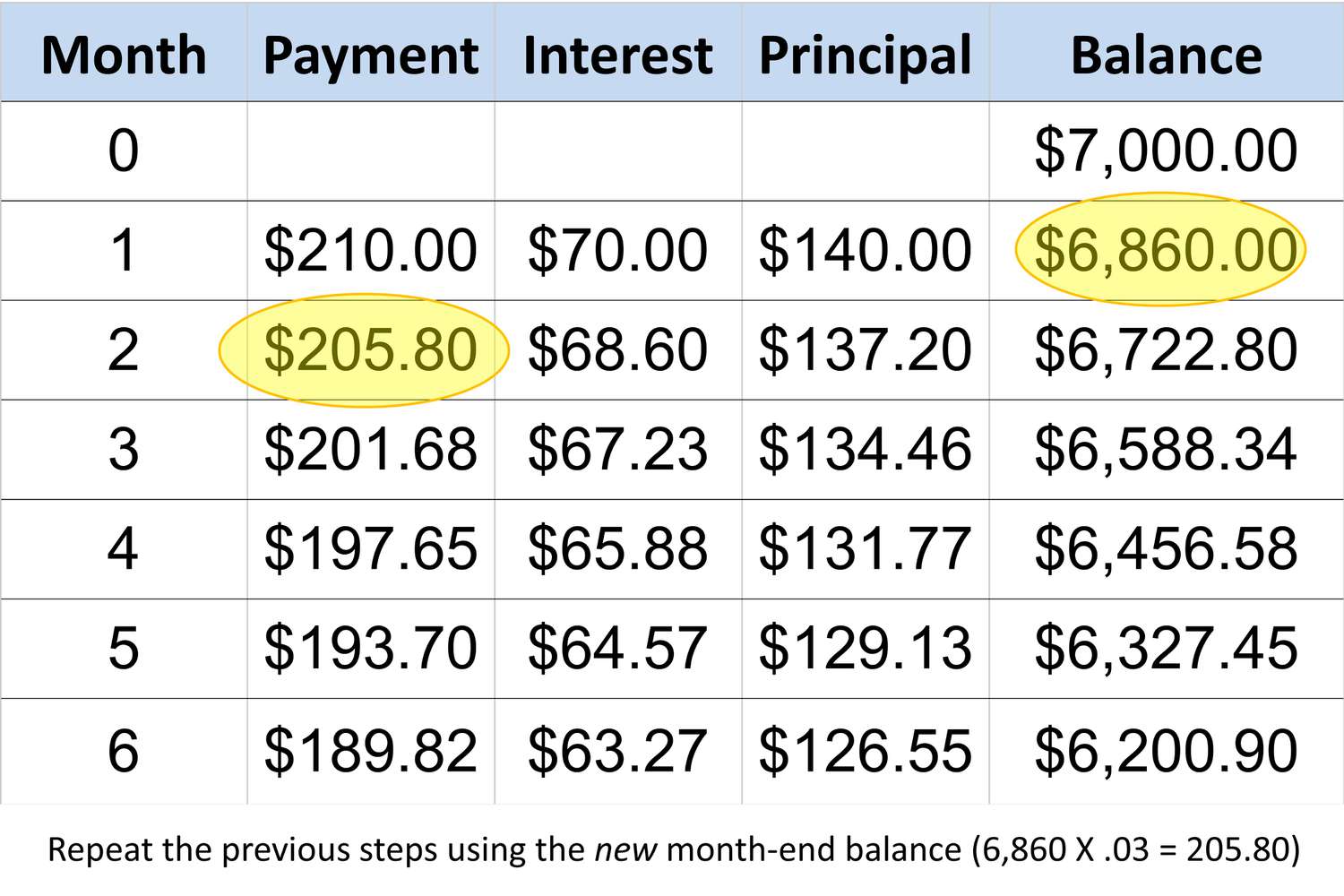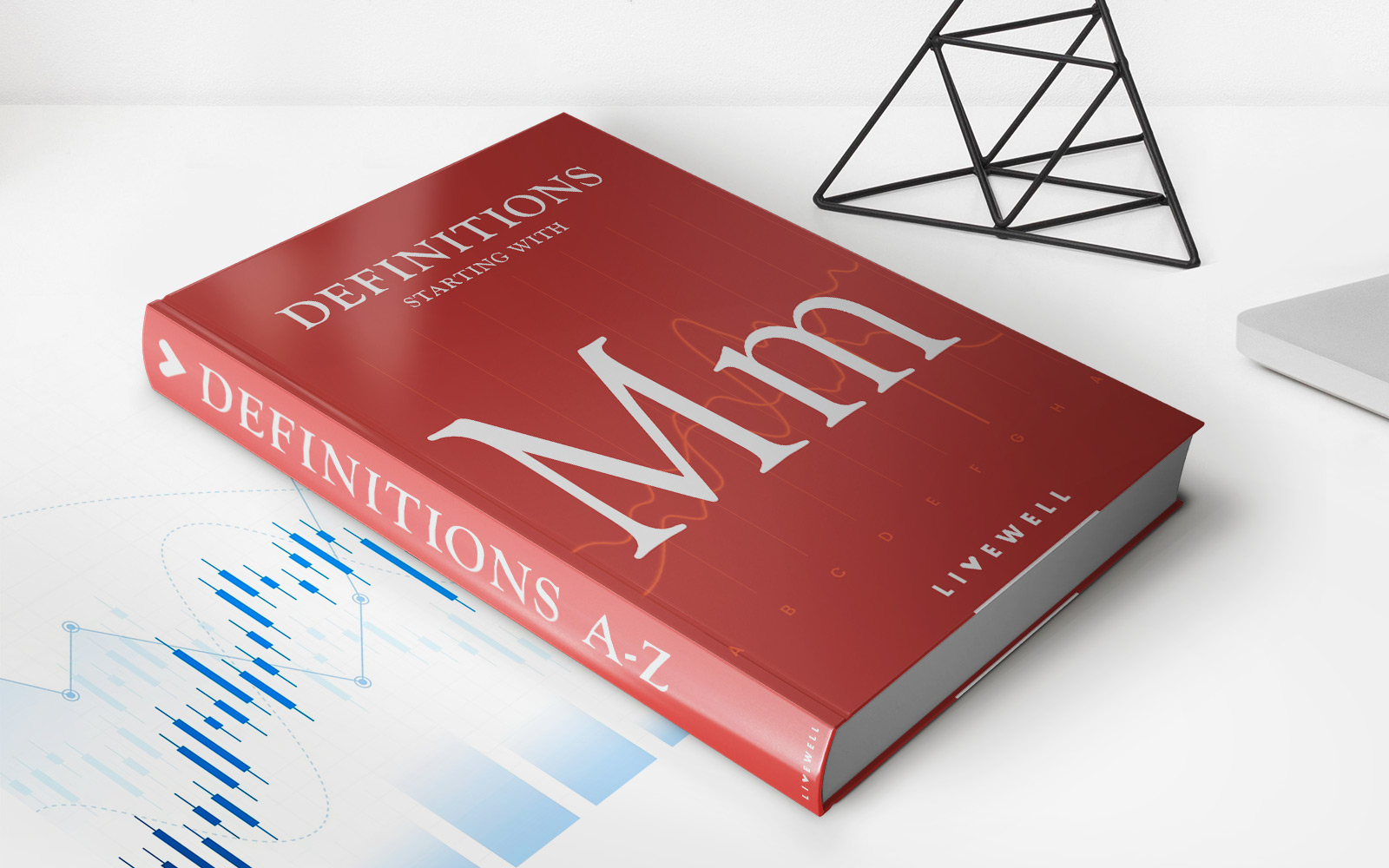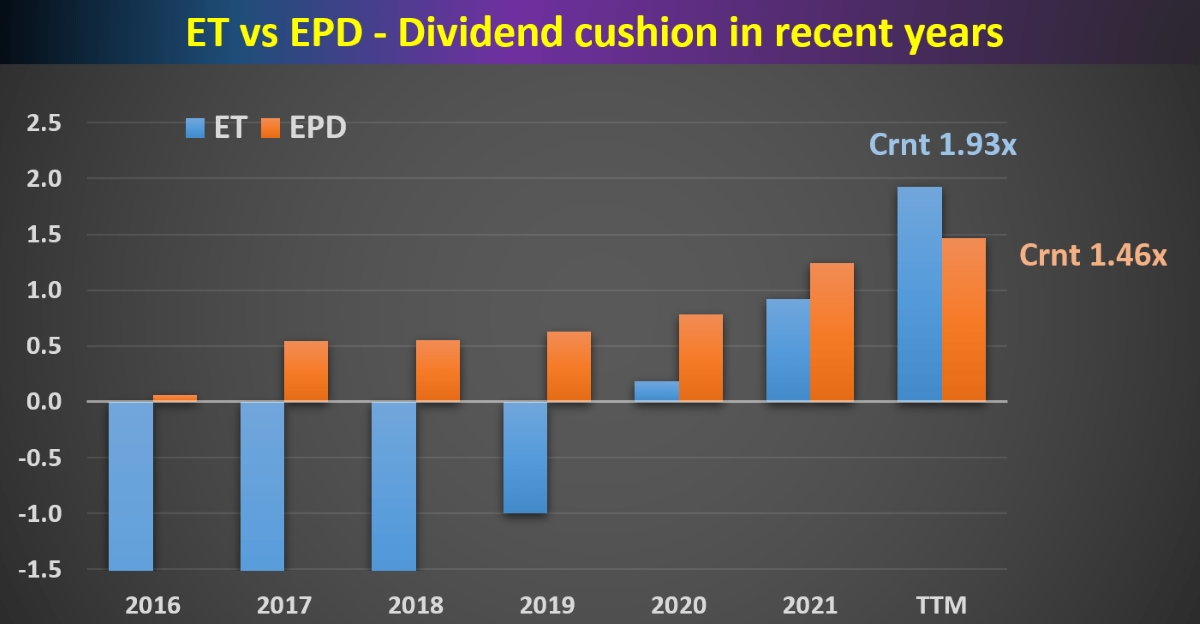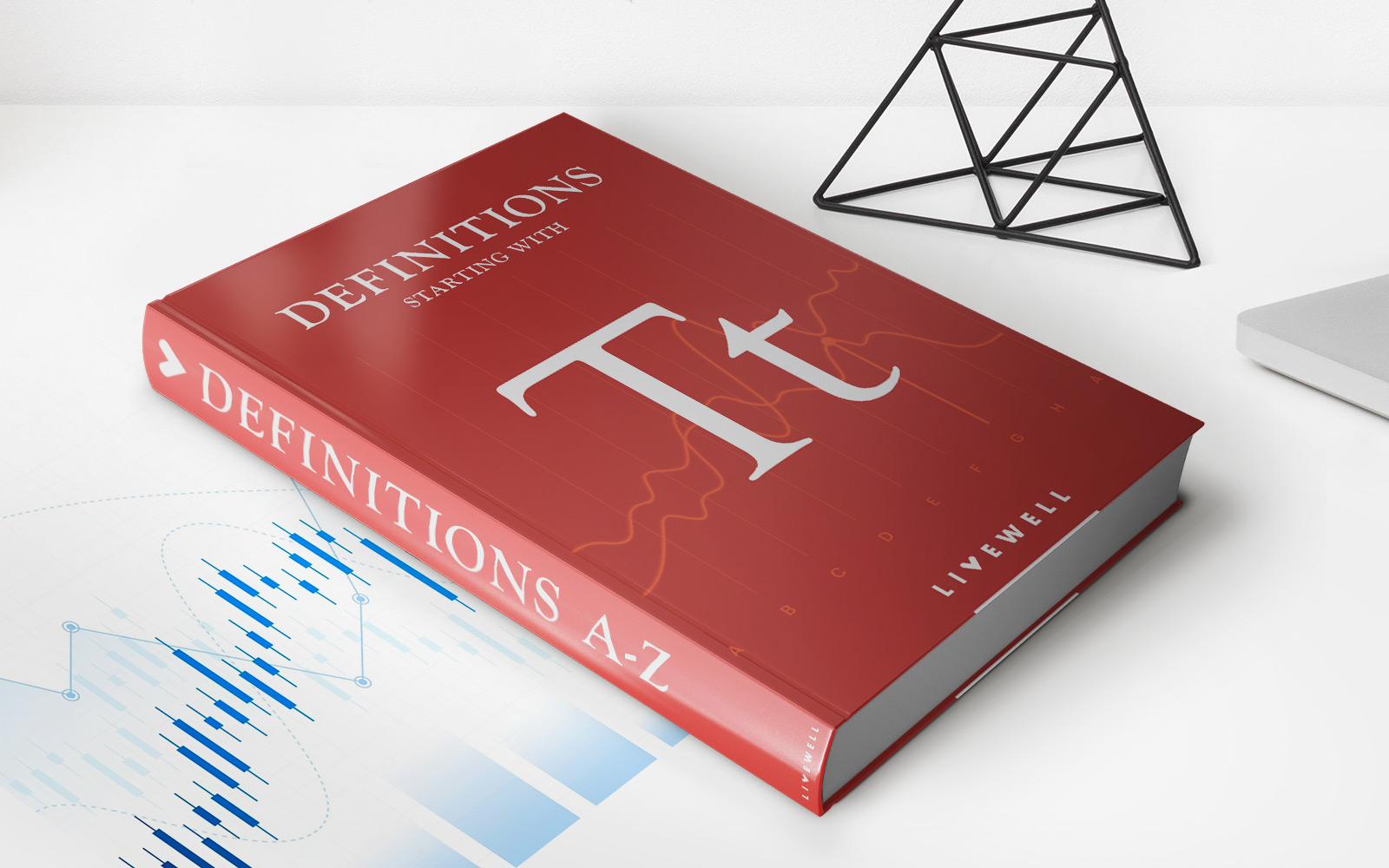Home>Finance>How Is A Minimum Payment Calculated For Car Leases


Finance
How Is A Minimum Payment Calculated For Car Leases
Published: February 27, 2024
Learn how minimum car lease payments are calculated and understand the finance behind it. Find out more about car lease finance calculations.
(Many of the links in this article redirect to a specific reviewed product. Your purchase of these products through affiliate links helps to generate commission for LiveWell, at no extra cost. Learn more)
Table of Contents
Introduction
When it comes to leasing a car, understanding the intricacies of the financial aspects is crucial. One of the key components of a car lease is the minimum payment, which plays a significant role in the overall cost and financial commitment. This article aims to demystify the process of calculating minimum payments for car leases, shedding light on the factors that influence these calculations and providing a comprehensive understanding of the entire process.
Leasing a car has become an increasingly popular option for individuals and businesses alike. It offers the flexibility of driving a new vehicle without the long-term commitment of ownership. However, the financial aspects of leasing, including the minimum payment calculation, can be complex and often misunderstood. By delving into this topic, readers will gain valuable insights into the financial dynamics of car leasing, empowering them to make informed decisions when considering this option.
Throughout this article, we will explore the factors that impact the minimum payment calculation for car leases, providing a detailed breakdown of the elements involved. By the end, readers will have a clear understanding of how minimum payments are determined and the considerations that should be taken into account when entering into a car lease agreement. Whether you are a prospective lessee or simply curious about the financial intricacies of car leasing, this article will serve as a valuable guide to navigating the world of minimum payments for car leases.
Understanding Car Lease Payments
Car lease payments encompass various components that contribute to the overall financial obligations of the lessee. These payments typically consist of the depreciation cost, finance charge, taxes, and any additional fees. Understanding each of these elements is essential for comprehending how car lease payments are structured.
Depreciation is a significant factor in car lease payments. When leasing a car, the lessee essentially pays for the vehicle’s depreciation over the lease term, which is the difference between the car’s initial value and its residual value at the end of the lease. This depreciation cost is a fundamental aspect of lease payments, as it reflects the vehicle’s decrease in value over time.
Finance charges, often referred to as money factors in lease agreements, represent the interest on the lease. Similar to the interest on a loan, finance charges contribute to the overall cost of leasing a vehicle. Understanding the implications of finance charges is crucial for evaluating the total expense of a car lease.
Taxes also play a role in car lease payments. Depending on the local tax regulations, lessees may be required to pay sales tax on their lease payments. It’s important to consider these tax implications when assessing the affordability of a car lease.
Additionally, various fees, such as acquisition fees and disposition fees, can impact car lease payments. Acquisition fees are charged at the beginning of the lease to initiate the agreement, while disposition fees are incurred at the end of the lease when returning the vehicle. These fees contribute to the overall cost of leasing a car and should be factored into the payment calculations.
By understanding the components that constitute car lease payments, individuals can gain a comprehensive grasp of the financial considerations involved in leasing a vehicle. This knowledge serves as a foundation for comprehending how minimum payments for car leases are calculated and the factors that influence these calculations.
Factors Affecting Minimum Payment Calculation
Several key factors influence the calculation of minimum payments for car leases. Understanding these factors is essential for lessees to gauge the financial implications of their lease agreements accurately. The following elements play a pivotal role in determining the minimum payment for a car lease:
- Vehicle’s Depreciation: The vehicle’s anticipated depreciation over the lease term significantly impacts the minimum payment. A car with a higher depreciation rate will generally result in higher lease payments.
- Residual Value: The residual value, or the estimated value of the vehicle at the end of the lease, is a crucial factor. A higher residual value can lower the minimum payment, as the lessee is essentially financing the vehicle’s depreciation over the lease term.
- Money Factor: The money factor, akin to the interest rate on a loan, affects the finance charge component of the lease payment. A lower money factor can lead to lower lease payments.
- Lease Term: The length of the lease term impacts the minimum payment. Shorter lease terms generally result in higher monthly payments, while longer terms may offer lower payments but could increase the overall cost due to additional finance charges.
- Additional Fees: Various fees, such as acquisition fees, disposition fees, and other administrative charges, contribute to the minimum payment calculation. These fees can vary among leasing companies and impact the overall cost of the lease.
- Taxes: Local tax regulations can influence the minimum payment for car leases. Sales tax on lease payments adds to the lessee’s financial obligations and should be considered when evaluating the affordability of a lease.
By taking these factors into account, individuals can gain a clearer understanding of how minimum payments for car leases are determined. The interplay of depreciation, residual value, money factor, lease term, fees, and taxes collectively shapes the minimum payment calculation, ultimately influencing the financial commitment associated with leasing a vehicle.
Calculation of Minimum Payment for Car Leases
The calculation of the minimum payment for a car lease involves a comprehensive assessment of the various financial components that contribute to the overall lease cost. To determine the minimum payment, the following steps are typically involved:
- Depreciation Cost: The depreciation cost is calculated by determining the variance between the vehicle’s initial value and its residual value at the end of the lease. This variance is divided by the number of months in the lease term to establish the monthly depreciation cost.
- Finance Charge: The finance charge, represented by the money factor, is computed based on the adjusted capitalized cost of the vehicle, which includes the depreciation cost, taxes, and any additional fees. This finance charge is added to the monthly depreciation cost to determine the total monthly lease payment.
- Taxes and Fees: Sales tax on the lease payments and any applicable fees, such as acquisition fees, are incorporated into the total lease payment, further influencing the minimum payment amount.
- Residual Value Impact: The residual value, a critical factor in lease calculations, affects the overall minimum payment. A higher residual value reduces the depreciation cost, consequently lowering the monthly lease payment.
By considering these elements and performing the necessary calculations, leasing companies and financial institutions arrive at the minimum payment amount for a car lease. It’s important for lessees to comprehend the intricacies of these calculations, as they directly impact the financial commitment associated with leasing a vehicle.
Moreover, individuals exploring car leases should carefully review the breakdown of the minimum payment, including the depreciation cost, finance charge, taxes, and fees, to gain a transparent understanding of the financial obligations involved. This insight enables lessees to make informed decisions and assess the affordability of the lease, ultimately ensuring a well-informed approach to entering into a car lease agreement.
Conclusion
Understanding the intricacies of minimum payment calculations for car leases is paramount for individuals considering this financial commitment. By delving into the factors that influence minimum payments, such as depreciation, residual value, money factor, lease term, fees, and taxes, prospective lessees can gain valuable insights into the financial dynamics of car leasing.
As individuals evaluate car lease options, it is essential to consider the comprehensive breakdown of lease payments, encompassing the depreciation cost, finance charge, taxes, and fees. This holistic understanding empowers lessees to make informed decisions and assess the affordability of a lease accurately.
Furthermore, the calculation of the minimum payment for car leases involves a meticulous assessment of various financial components. By comprehending the methodology behind these calculations, lessees can navigate the leasing process with confidence, ensuring that they are equipped to make sound financial decisions.
In conclusion, the financial aspects of car leasing, including minimum payment calculations, should be approached with a thorough understanding of the underlying factors and calculations. Armed with this knowledge, individuals can embark on car lease agreements with clarity and confidence, ultimately optimizing their financial commitments and driving experiences.














